The markets aren’t moving much today, like most days in this faux neoclassical structure with Khmer flourishes in Phnom Penh’s Wat Phnom area.
“Visitors? It’s not much,” the receptionist said from her eagle eye watch at the front desk, interacting with a trickle of visitors. That much is self-evident standing in the empty lobby of the Cambodia Securities Exchange (CSX), especially during a pandemic.
While the New Yorks and Hong Kongs of the exchange world receive constant monitoring, researching those at the other end of the spectrum leaves you with a few niche articles and videos that are already dated within a year or two. As people stay glued to NASDAQ’s ebbs and flows, African islands and Southeast Asian countries populate the lesser-covered markets as the world’s smallest exchanges.
Among them is the CSX. Launched in 2012, it raised high hopes for the Kingdom’s developing finance sector and boasted a coming-of-age milestone for Cambodia. But almost a decade later, the exchange remains one of the smallest globally. As recently as early 2020, it was regarded as the world’s second-smallest behind only Myanmar with a market capitalisation, or total value of listed shares, of a little more than $440 million.
This was before the listing of bank ACLEDA in May last year, which alone significantly increased the exchange’s total value to a pretty $2.4 billion.
Despite fierce government support and incentives to lure in homegrown blue-chip companies like Cambodian conglomerates Chip Mong and ISI Group, only a small number of listings prop up the otherwise vacant exchange. Regardless, advocates remain enthusiastic about an imminent influx of capital to echo growth in neighbouring Vietnam.
“We are very small, but we are growing, we are growing,” stressed Hong Sok Hour, the exchange’s CEO, speaking with the Globe. There’s reason to think so, with the recent listing of mega-bank ACLEDA, as well as an unnamed small enterprise, rumoured to be in construction, that is set to be following its lead by this summer.
But right now, his market counts only seven publicly traded companies, two of which were listed just last year. Among them are four state-owned enterprises, including the Phnom Penh Water Supply Authority (PPWSA) and the Phnom Penh Autonomous Port (PPAP).
The longer the wait goes on for a boom, the more it seems there’s something else holding back the Cambodian bourse, an industry term for an exchange.
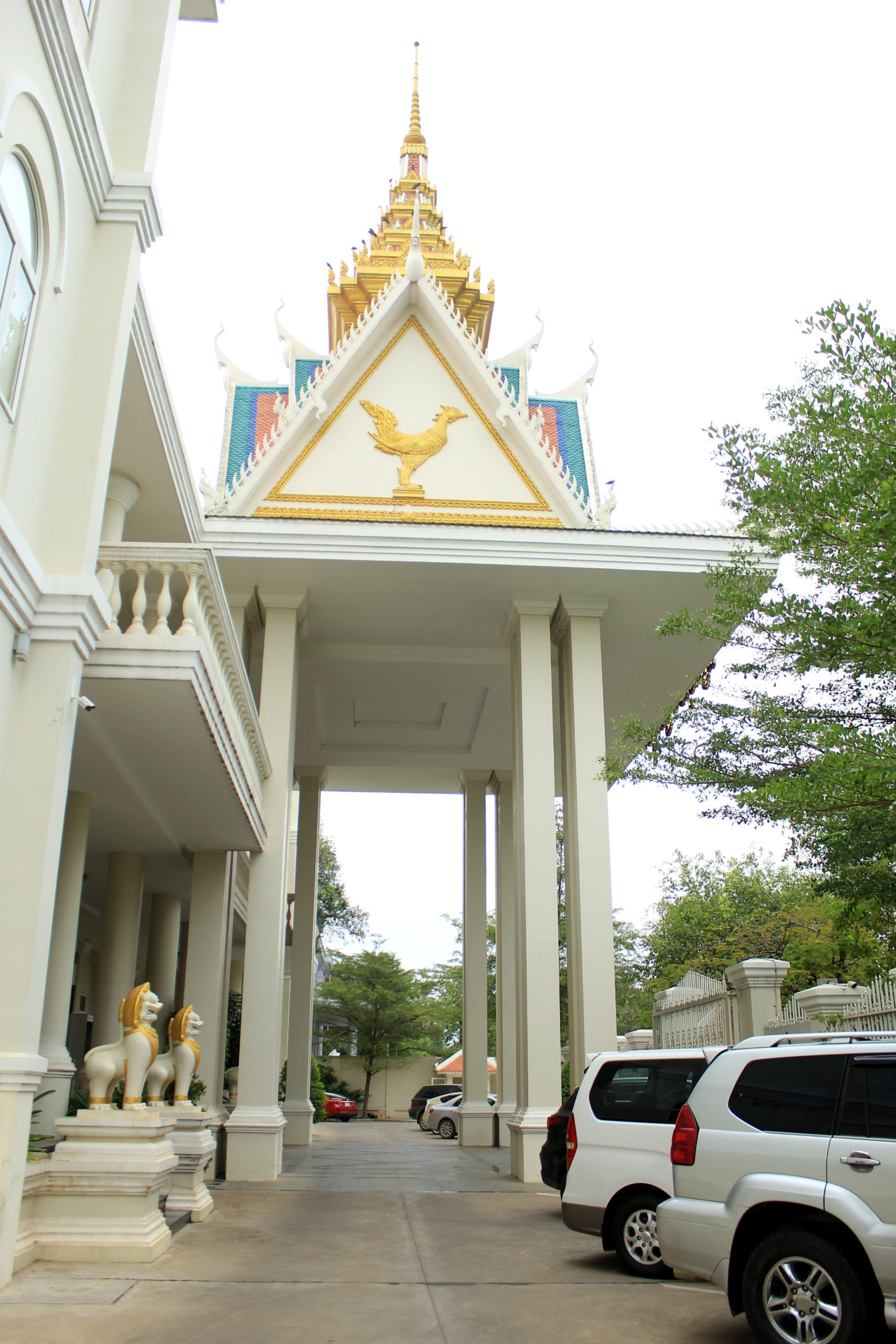
“Some of the stocks that are listed have not done very well,” said Stephen Higgins, co-founder and partner of Mekong Strategic Partners, an investment firm in Cambodia. “Some that have done really well, like the Phnom Penh Port, at the same time have a fairly bizarre dividend policy which means that they’re not as attractive as they should be to investors.”
In the exchange building itself, most of CSX’s marketing these days is done over Facebook, the receptionist says. People drop a line with questions about trading and buying stock through email or Telegram, but few people, except those making payments by cheque, really venture in.
Like the companies resistant to registering on this miniscule exchange, the receptionist isn’t sure the average Cambodian is aware of the CSX’s purpose.
“[They do] not really know well about stock and bond policy,” she said. A brochure sitting on her desk reports that trading is open from 8am to 3pm daily.
“So some people are a bit confused about stock, bond and foreign exchange.”
While this less than popular addition to Cambodia’s economy makes little logistical sense to the outside observer, it’s something the small country had lusted for since the mid-2000s.
“Most countries want to have a stock exchange,” said Higgins. “It’s a sign your financial markets are developing.”
And Cambodia’s were, up until the pandemic hit. Since 1995, the Kingdom’s GDP growth had averaged 7% per year until 2020, making it among the world’s fastest growing economies. Steady growth in hand, in 2006 Cambodia’s Ministry of Economy and Finance looked to South Korea to show them the ropes in the world of stocks and shares as part of their Financial Sector Development Strategy. Eager to learn from one of the continent’s mega-markets, which boasts over 2,000 listings and a market capitalisation of over $2 trillion, the CSX received both technology and training from the Korea Exchange (KRX).
“The stock market was new for us at that time, so even if we had money, we could not do it ourselves,” Sok Hour said.
The KRX was instrumental in giving the frontier market its start, holding a 45% stake in Cambodia’s exchange which it retains to this day. With this funding, the exchange opened its doors – but the boom they were hoping for still eludes the CSX.
“I’m not proud of comparisons, because we’re very small. Our trading volume in 2020 was around $120,000 a day, compared with $2 billion a day in Thailand, and $500 or $600 million a day in Vietnam,” Sok Hour said.
ACLEDA Bank, which listed just last year, is by far the most successful offering, with a total shareholder equity of about $1.8 billion as of December 31 – forming the vast majority of the CSX’s total market capitalisation of some $2.4 billion.
Despite his own market’s fractional comparisons, Sok Hour’s excitement about CSX is palpable, even through the phone. His disappointment is also apparent when he says the growth has been slower than anticipated.
“[It’s] not as much as we expected at the beginning,” Sok Hour admitted. “It hasn’t been as successful as they would have hoped, but you’ve got to start somewhere.”
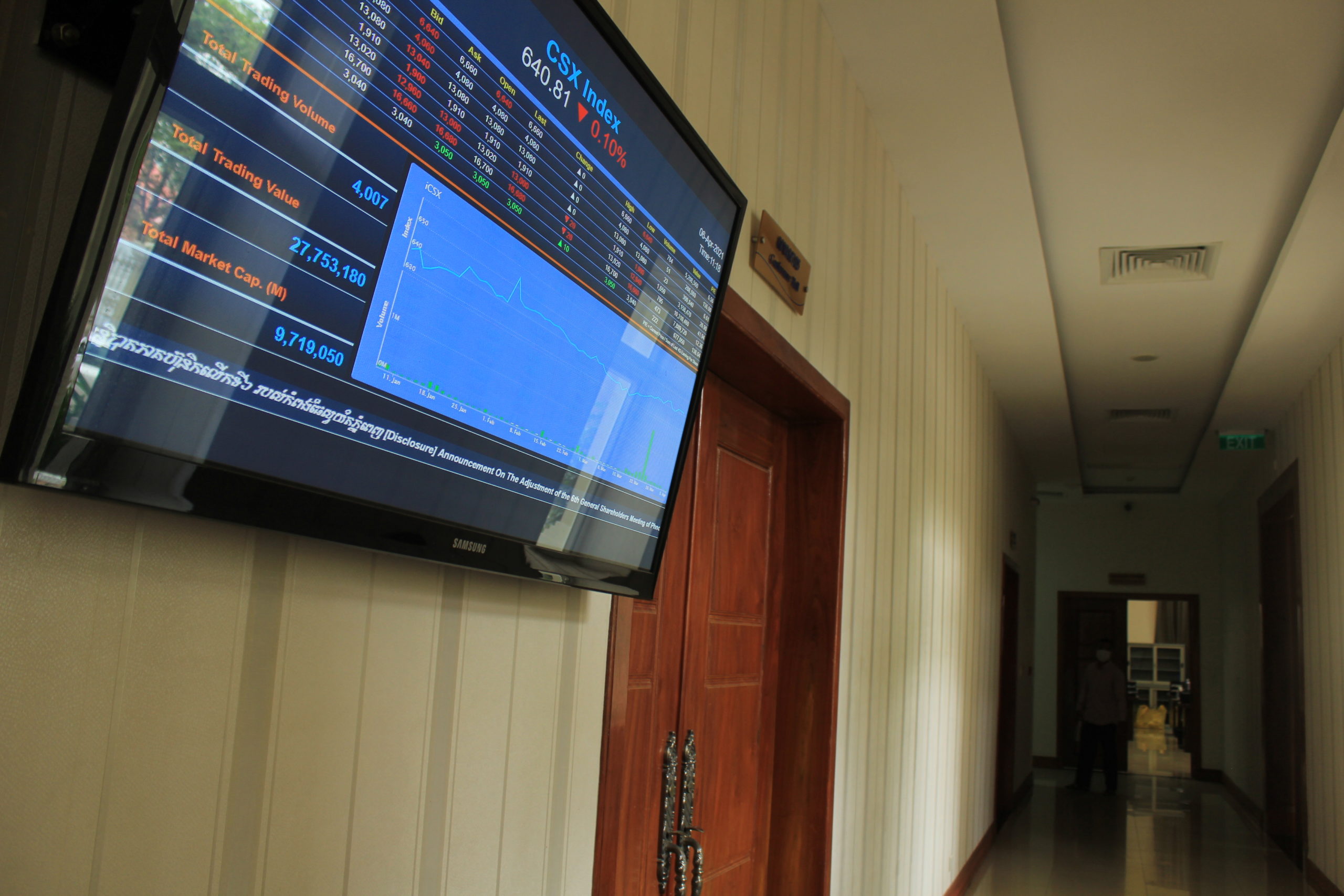
Sok Hour says the purpose for establishing the exchange was to expand financing options for Cambodian enterprises, which they felt were too reliant on banks. The first publicly listed company, Phnom Penh Water Supply Authority, remained the one and only for two years after the exchange opened. And while that figure has expanded to seven today, Cambodia remains eager for more companies to list.
To incentivise small to medium-sized enterprises (SMEs), sorely lacking in the exchange, as well as prepare them to list, the Securities and Exchange Commission of Cambodia established the Excellence programme in 2019. With session topics addressing the problems that keep businesses from listing, like ‘tax management’, ‘capital enhancement through IPOs’ and ‘corporate governance’, this programme is grooming young SMEs to see the potential in garnering shareholders. With big companies set in their ways, it’s possible catching small SMEs early on before they can form bad habits is one tactic for garnering a larger stock index in the long-term.
The success of ACLEDA Bank in listing in CSX is a good example for other private companies, as well as SMEs, to take listing in the CSX with various benefits into consideration
The state also offers plenty of incentives for firms to go public. Those include a 50% tax break for three years after listing, a three-year suspension of monthly pre-payment of 1% profit tax, and an amnesty for past tax transgressions within 10 years – an attractive offer if taxes are as prevalent an issue as experts say.
For large corporations already set to go public, like ACLEDA Bank, which listed in May of last year, these incentives are enough to seal the deal.
With 49% of the bank already owned by four foreign investors, including the German Investment Corporation, Dutch banks FMO and Triodos Bank, and the International Finance Corporation, a division of the World Bank, ACLEDA was already held to a high standard of transparency.
Bank president In Channy says it had little trouble listing.
“There were no barriers in its listing on CSX actually because ACLEDA Bank is the largest bank in Cambodia with more than 20 years of experience,” he told the Globe.
“The success of ACLEDA Bank in listing in CSX is a good example for other private companies, as well as SMEs, to take listing in the CSX with various benefits into consideration.”
Many enterprises in Cambodia seem to have the level of profitability required to list, and with multiple government initiatives to take advantage of, it’s not always obvious why they haven’t.
“We have many challenges, starting with the readiness of the companies. Most of the companies in Cambodia don’t have adequate corporate governance,” said Sok Hour. “Second, the tax compliance is not sufficient among most of them.”
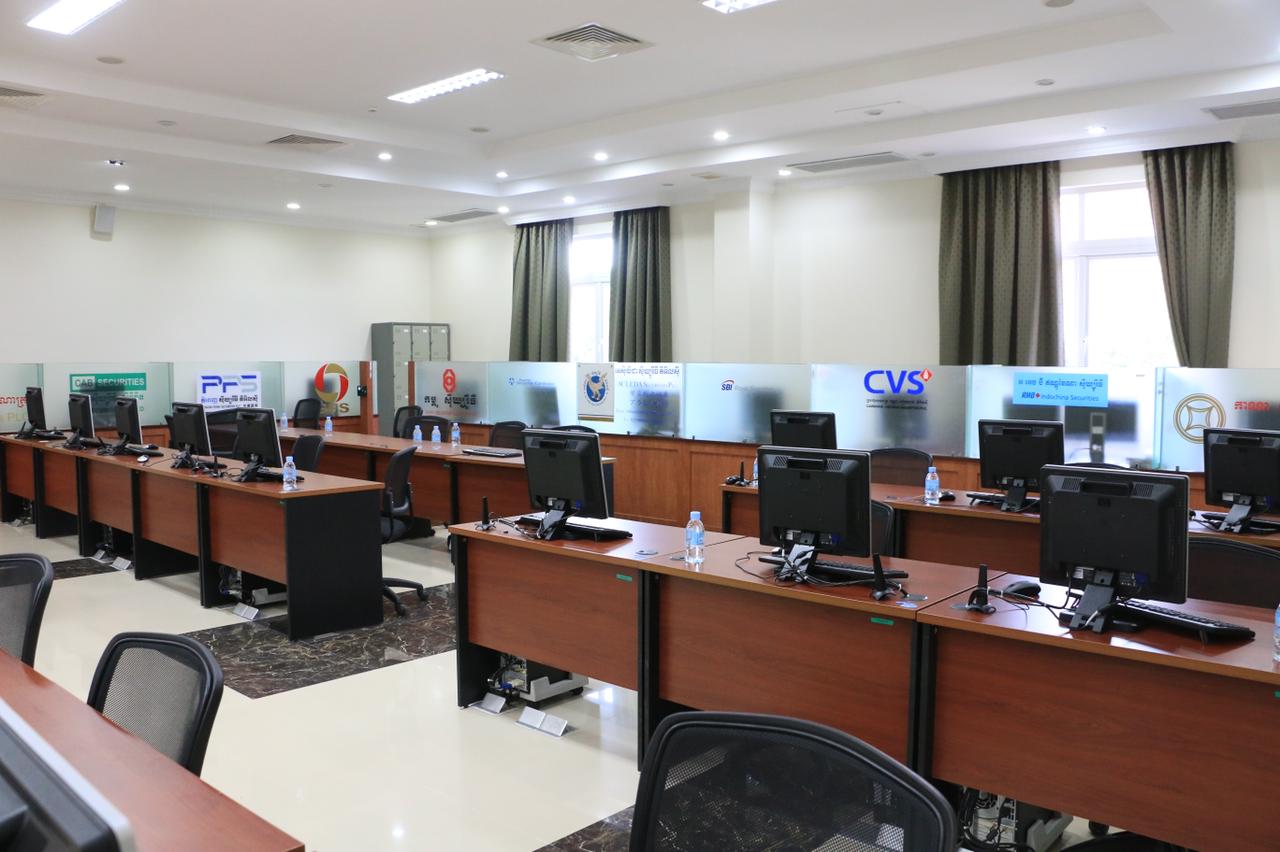
Becoming tax compliant is no small feat in a country where businesses aren’t always accustomed to keeping quality tax records, or sometimes, any at all.
Joseph Tucker, vice president of the Corporate Finance Division at SBI Royal Securities, a Phnom Penh brokerage and underwriting firm headquartered in Tokyo, says financial statement audits can be a challenge for local companies.
“Even though they’re successful companies and well-managed and profitable, there hasn’t been a requirement in any other regulatory capacity for them to have financial statements.”
He says it’s possible to do this retroactively, but it’s a challenge. More than taxes, the idea of shareholder transparency clearly doesn’t resonate with local companies, who are used to running things fine on their own.
Cambodia is full of household names, like Chip Mong and business conglomerate ISI Group, which look ideal for the exchange, but neither wished to comment on their decision not to list. In a fast-developing city like Phnom Penh, the list of growing companies and banks who have preferred to keep their names and finances off the exchange board stretches on.
“What benefit do they get from it?” Higgins asked. “All of a sudden, they have a lot of people knowing a lot more about their company than they would prefer to disclose.”
For companies that already meet the criteria for listing – such as good governance, profitability, and audited financials – there are easier ways to find funding that don’t require forking over your most private wins and failures.
“Typically the banks here will be falling over themselves to lend to you, often at relatively cheap interest rates,” said Higgins. “Why list if you can get cheap money from banks?”
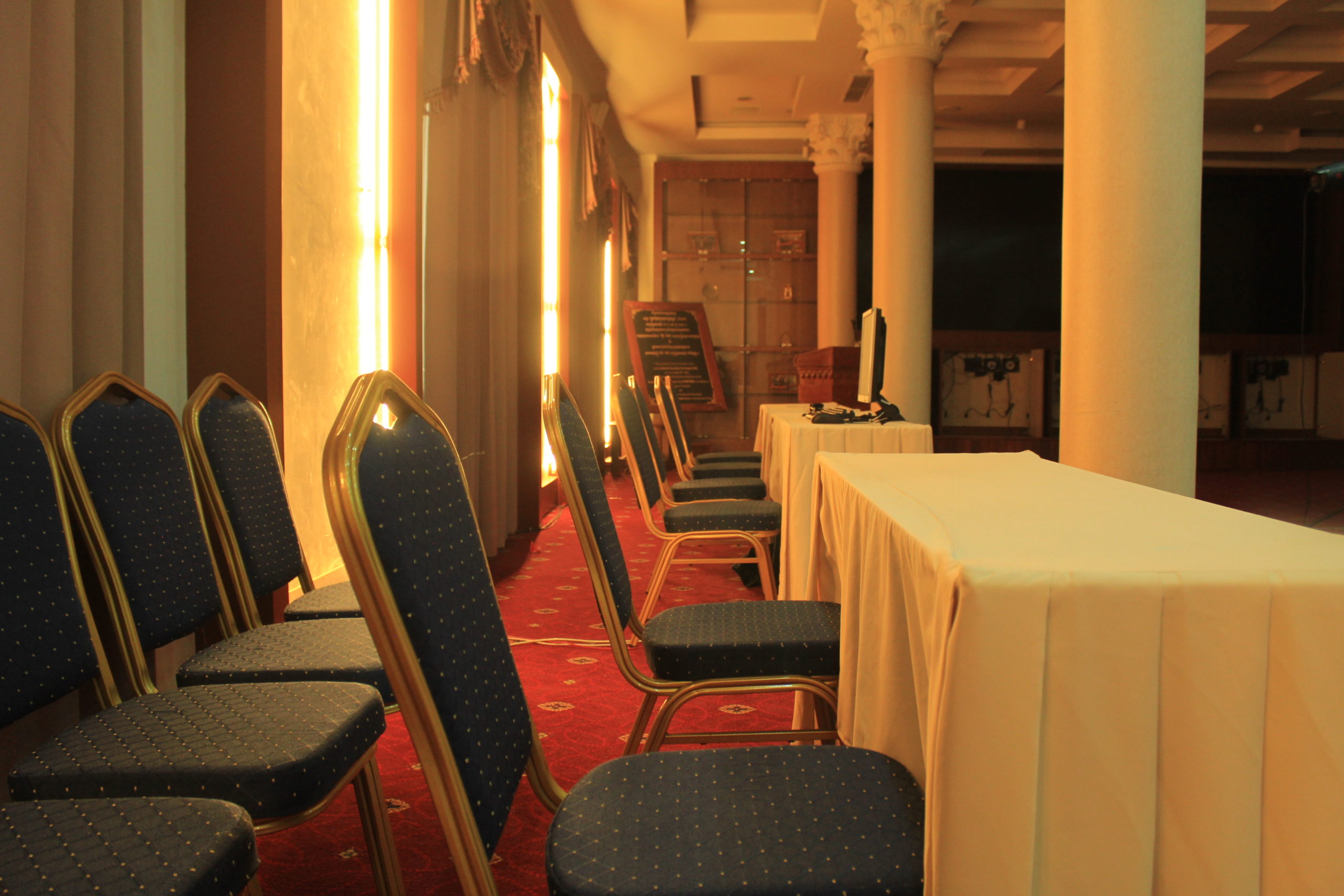
Cambodia’s eagerness to join Southeast Asia’s rising ranks is apparent in the exchange’s now-silent conference room. Among the stacked chairs in this dingy, red-carpeted area are rows of ceremonial niceties bestowed unto CSX by other, more successful exchanges around the region.
But while gifts, including a ceremonial fan from Shenzhen’s exchange and an intricately bejeweled tea set from Thailand’s, have been added to the trophy cabinets through the years, Cambodia’s dreams of emanating their more successful role models have remained just that.
Those with investments in the market have their eyes set on players like Vietnam and Malaysia.
“Cambodia is a few years behind those, but people can see the potential by looking at the trajectory of other regional markets,” said Tucker. “Whether it’s the stock market or the economy in general or local businesses, there’s just huge growth potential here.”
Vietnam’s first exchange in Saigon didn’t look so different from Cambodia’s once upon a time – a small number of listed stocks, not a lot of liquidity. Founded in 2000 with help from Thailand’s exchange, the Ho Chi Minh Stock Exchange started off with two issues – a limit on foreign investment and quickly fading enthusiasm.
After two increases on the foreign investment limit and the listing of dairy company Vinamilk and Sacombank in 2006, the bourse was well on its way to becoming the role model for developing markets that it is today.
“There was a point where it just started to take off,” Higgins said. “Cambodia at some point will do the same. It’s just a question of when.”
That point was around six years for Vietnam, while Cambodia is coming up on year nine. Cambodia also can’t turn to lifting restrictions on foreign investment like Vietnam did, with the CSX already open to foreigners and 11 brokerage firms to assist them in buying stock.
Higgins says the CSX’s problem lies in the lack of liquidity in the market, meaning when assets can be bought and sold at stable prices. This is a consequence of a lack of activity in the CSX, which trades only tens of thousands of dollars a day, a fraction of neighbouring countries.
“There’s a saying that ‘liquidity begets liquidity,’” he said. “Once you get a bit of liquidity in the market, you start to get more people coming in.”
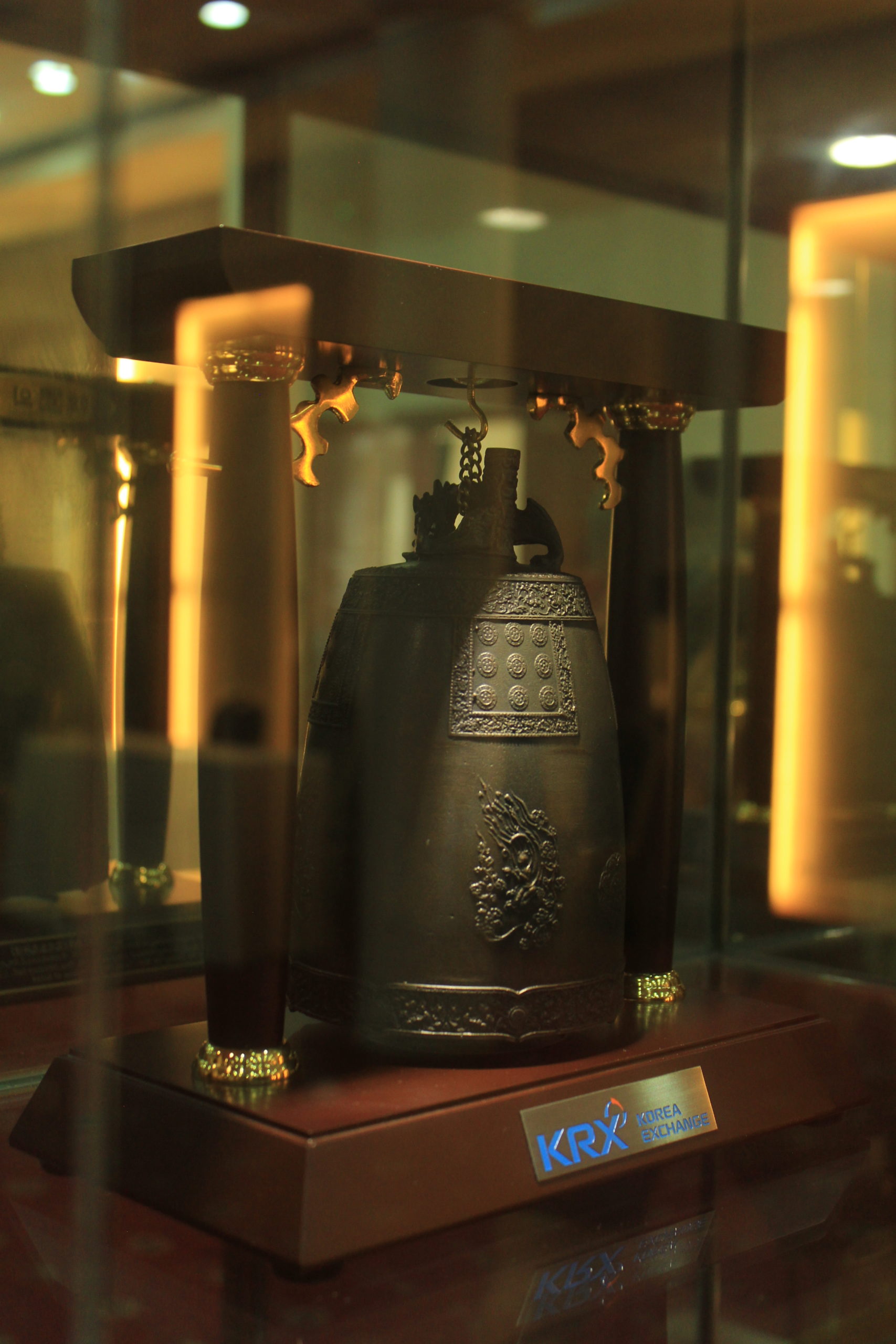
The idea that in 20 years time, a much more prosperous Cambodia would not have a stock exchange? It’s just hard to imagine that
But not every Southeast Asian stock exchange is fated to blossom. Myanmar and Laos have both reached periods of stagnation for their own reasons, and have jockied positions near the top of the world’s smallest exchanges list alongside Cambodia for the last several years.
The Yangon Stock Exchange, launched in 2016, has serious drawbacks for investors, especially foreign, as it keeps its market cap limited to around $500,000 and six listed companies. Now with an economy teetering on the brink of collapse due to the February 1 coup, corruption, boycotts and sanctions, it’s left in an even more unpromising position.
Laos is in a different position with its small population of seven million. An undiversified and undynamic economy centralised under the communist government with an energy-heavy focus, Laos also holds similar restrictions on foreign investment. Most experts say that while the Laotian exchange will grow, these limitations will keep it small.
Cambodia is now in a crucial period where it needs to overcome its barriers so as not to meet a similar fate.
“Cambodia, I would say, is in between,” said Christophe Forsinetti, founder of venture capital company Obor Capital, referring to Thailand’s success and the cautionary tale of Laos and Myanmar.
“Will it be as big as Thailand? No, because it’s a smaller country,” Forsinetti said. “It’s not about which direction it’s going, or if it can be a loser versus a winner like Thailand. It’s all moving in the same direction, but it’s just a matter of timing.”
He adds that, first, the CSX needs to address its issues by increasing the number of listed companies, improving the regulatory framework, instilling confidence in shareholders and helping small retail shareholders, like family-owned companies and individuals, to invest in the market.
It’s too soon to tell if initiatives like the Excellence programme or tax breaks will put the CSX on the right track. ACLEDA‘s listing is a promising development, but whether other major Cambodian firms will follow suit remains to be seen.
While SBI Royals is currently underwriting for the unnamed construction firm, which they expect to go public this summer, the jury is still out on whether a few shiny new SMEs are all that’s needed to jumpstart Cambodia’s stalled stock exchange.
Whatever happens, a successful CSX remains central to a successful Cambodian economy, says Higgins.
“The idea that in 20 years time, a much more prosperous Cambodia would not have a stock exchange? It’s just hard to imagine that,” Higgins said.
“So they do need to start somewhere. It’s a long-term project.”


